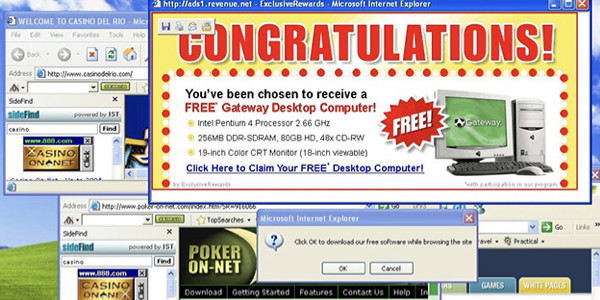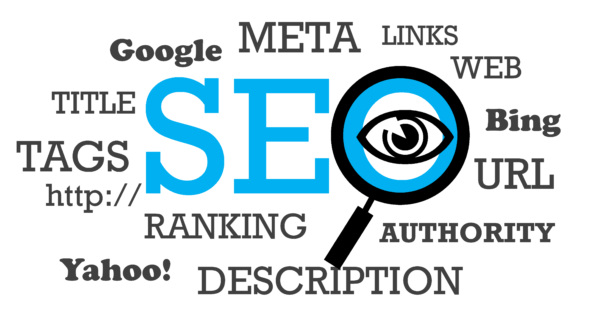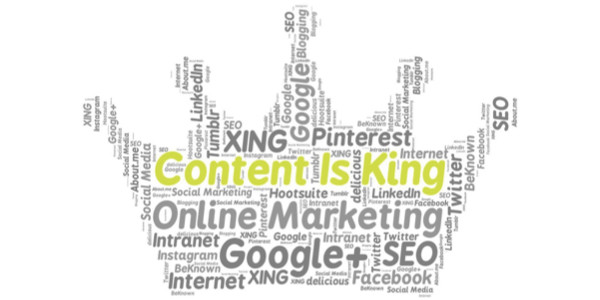
When Will Shady Advertising Die?
A couple of days ago there was an outstanding article in The New York Times by David Streitfeldaug entitled Data-Crunching Is Coming to Help Your Boss Manage Your Time. Initially, this blog was going to be talking about the article and how productivity and time management in the white collar workplace is great if we can still find a balance with creativity and freedom.
This changed the moment when we attempted to copy and paste the title of the article in the above paragraph. As we went to highlight the title (as per norm from right to left) the words did not highlight but instead drug a popup from off-screen right. Once the mouse was released, it registers as a click and takes the reader to another post, ironically on advertising.
We will not name the article nor author of the second post because we do not condone shady/sneaky/unethical marketing practices. Which leads us to this week’s quandary: When will these underhanded methods of marketing and advertising finally die?
Underhanded marketing has been around for years but really has come to light in the age of the internet. One of the most obnoxious has to be the idea of pop-ups. These invasive ads have been around since the mid 90’s when Ethan Zuckerman created them and they have been utterly annoying ever since.
Yet they continue to persist and old marketing directors still continue to allocate funds to them. In the end, they are rewarded with, statistically, mostly accidental clicks. This reduces their ROI (if they actually see any return, because really, who doesn’t instantly close those website?) while still allowing whomever they purchased it from to claim a certain number of impressions.
The same will hold true for this shady post on The New York Times. They just gained another impression for our accidental view and then will in turn use that to leverage a higher rate because of their large number of “impressions.” This shows the black hat aspect of marketing, the growth-hacking and data manipulation that often are used to produce fake “data driven” results.
But isn’t that the purpose of marketing? Getting as many eye balls on a product or service as possible?
No. True marketing, done right, solves a problem for a consumer by making them aware of something. This awareness is not a blanket approach with a massive number of impressions, but a targeted approach to consumers that have a need.
Good marketing makes the world a happier and better place. Never has an intelligent consumer bought a good or service simply because there was a great commercial for it. Instead, there was a desire for a void to be filled that said commercial or advert illuminated a solution to, leading to a better outcome than before. The added value of happiness is what makes good marketing stand out.
In the end, properly marketed products and services better all involved; the consumer is made happier and the marketing is proven successful. This is why this New York Times silly practice has elicited such a response. They are making the world itself and the world of advertising an annoying, unhappy place.
And they wonder why print media is dying…







